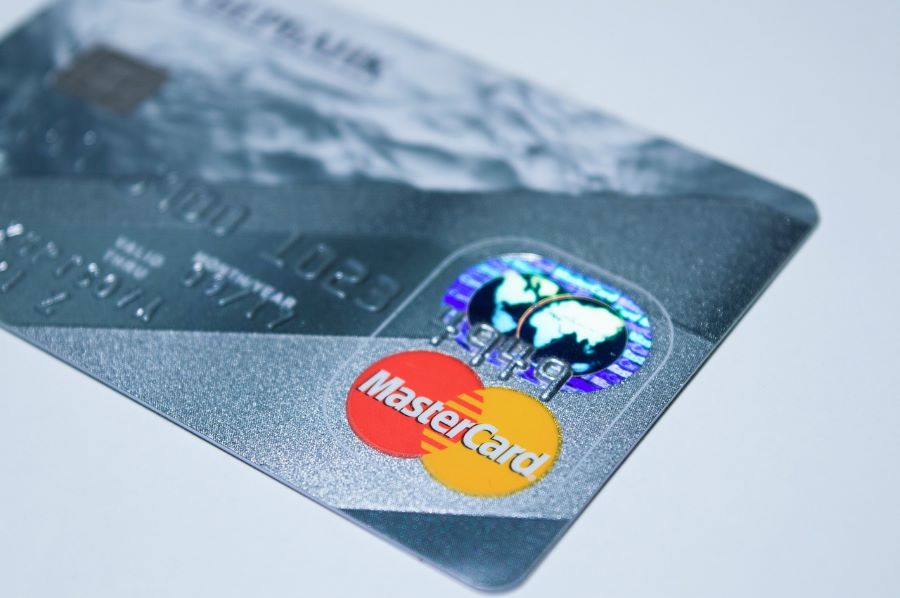In today’s world, debt is a common aspect of personal finance, used responsibly to finance major purchases or investments. However, when managed poorly, debt can spiral into a debt trap, causing financial stress and long-term repercussions. Understanding what a debt trap is and how to avoid it is crucial for maintaining financial stability and freedom.
What is a Debt Trap?
A debt trap occurs when individuals or businesses borrow money but struggle to repay the debt, leading to a cycle of borrowing to meet existing financial obligations. Key characteristics of a debt trap include:
- High-Interest Rates: Borrowing at high interest rates, such as those on credit cards or payday loans, can quickly escalate debt.
- Minimum Payments: Making only minimum payments prolongs debt repayment and increases overall interest costs.
- Multiple Loans: Taking out multiple loans to cover existing debts can lead to a cycle of borrowing.
- Financial Stress: Persistent financial stress and anxiety due to debt burden.
Read more: Get a credit card with no credit history
How to Avoid Falling into a Debt Trap
Avoiding a debt trap requires proactive financial management and disciplined borrowing habits. Here are essential strategies to help you steer clear of debt traps:
1. Budgeting and Financial Planning
- Create a Budget: Establish a monthly budget to track income and expenses. Allocate funds for essential expenses, savings, and debt repayment.
- Emergency Fund: Build an emergency fund to cover unexpected expenses, reducing the need to rely on credit in emergencies.
Read more: Will credit score get impacted on closing credit cards?
2. Managing Debt Responsibly
- Pay More Than the Minimum: Always strive to pay more than the minimum payment on your debts. This reduces the principal faster and saves on interest.
- Avoid High-Interest Debt: Limit borrowing at high interest rates, such as credit cards or payday loans. If necessary, prioritize paying off high-interest debt aggressively.
3. Evaluate Your Spending Habits
- Live Within Your Means: Avoid overspending and live within your budgetary constraints. Differentiate between needs and wants when making purchasing decisions.
- Avoid Impulse Buying: Pause before making non-essential purchases to assess whether they fit within your budget and financial goals.
Read more: CIBIL score for credit card – minimum & maximum
4. Build and Maintain Good Credit
- Pay Bills on Time: Timely payments on bills and debts help maintain a positive credit history and avoid late fees.
- Monitor Your Credit Report: Regularly check your credit report for accuracy and address any discrepancies promptly.
5. Seek Financial Assistance if Needed
- Financial Counseling: If you’re struggling with debt, consider seeking advice from a financial counsellor who can provide personalized strategies and debt management plans.
- Debt Consolidation: Consolidating high-interest debts into a single, lower-interest loan can simplify repayment and reduce overall interest costs.
Avoiding a debt trap requires proactive financial management, responsible borrowing habits, and a commitment to living within your means. By creating a budget, managing debt wisely, evaluating spending habits, building good credit, and seeking assistance when needed, you can steer clear of debt traps and achieve financial stability.
FAQs
1. What are the warning signs of falling into a debt trap?
Common warning signs include relying on credit for daily expenses, making only minimum payments on debts, feeling overwhelmed by financial obligations, and using one form of credit to pay off another.
2. How does debt consolidation help in avoiding a debt trap?
Debt consolidation combines multiple debts into a single loan with a lower interest rate, simplifying repayment and potentially reducing monthly payments. It helps individuals manage debts more effectively and avoid the cycle of borrowing.
3. Is borrowing to invest a risky practice that can lead to a debt trap?
Borrowing to invest, known as leveraging, can be risky as it amplifies both gains and losses. It’s crucial to assess the potential risks and returns carefully and ensure you have a plan to repay borrowed funds regardless of investment outcomes.
4. How can I create a budget to avoid falling into a debt trap?
To create a budget, list your monthly income and all essential expenses (housing, utilities, groceries, transportation). Allocate a portion for savings and debt repayment, and track your spending to ensure you stay within your budgetary limits.
5. What should I do if I’m already in a debt trap?
If you find yourself in a debt trap, take immediate steps to address it. Consider consulting a financial counsellor, exploring debt consolidation options, and creating a structured repayment plan. Avoid taking on additional debt and focus on paying off existing obligations systematically.


 Get App
Get App  Airtel Store
Airtel Store  Login
Login 



